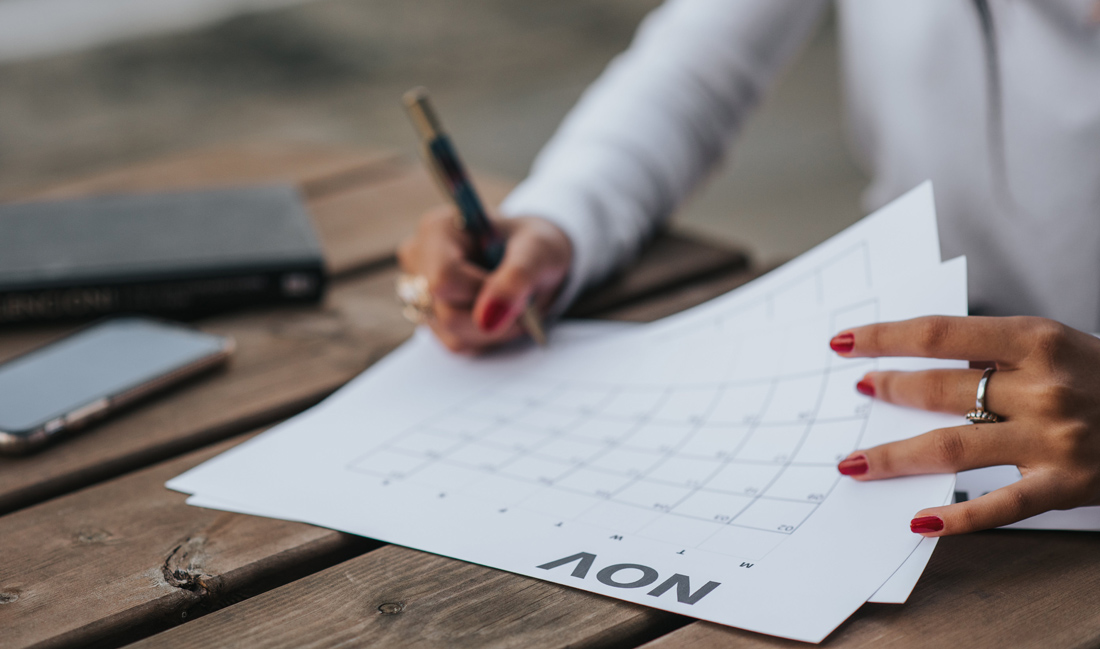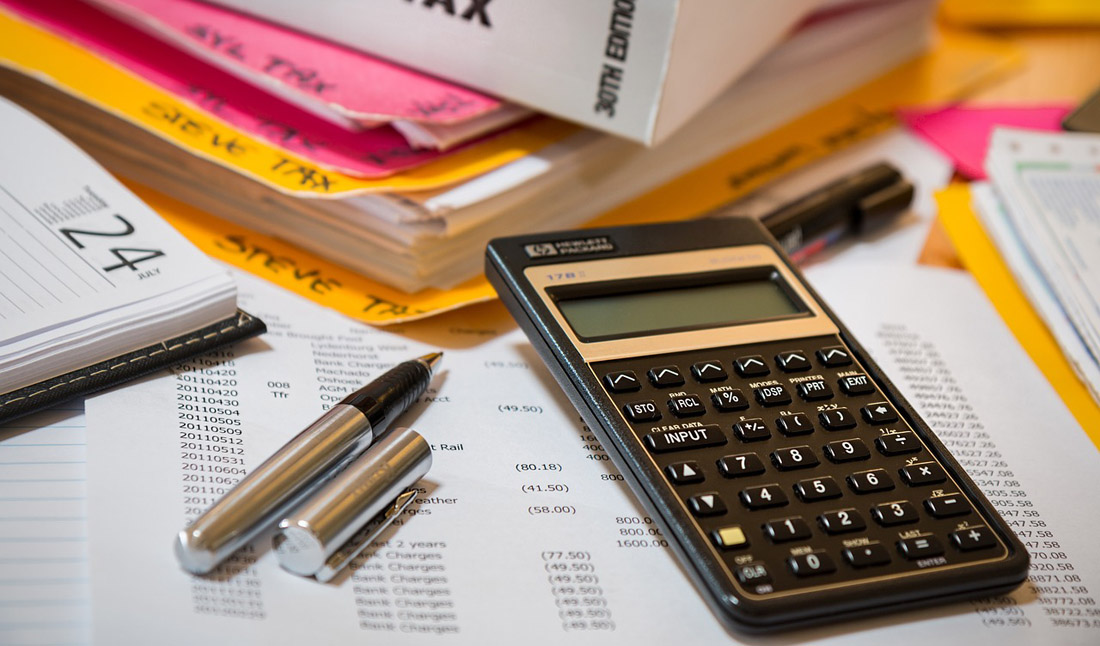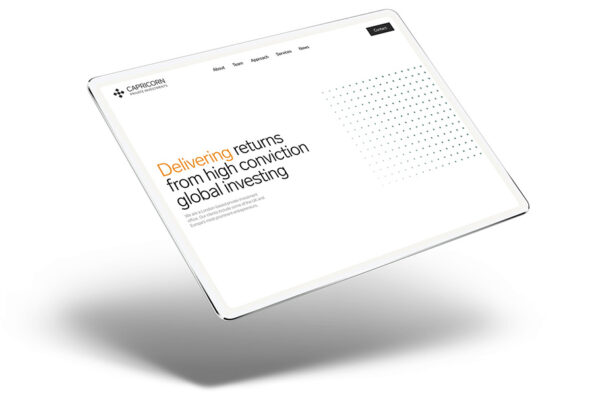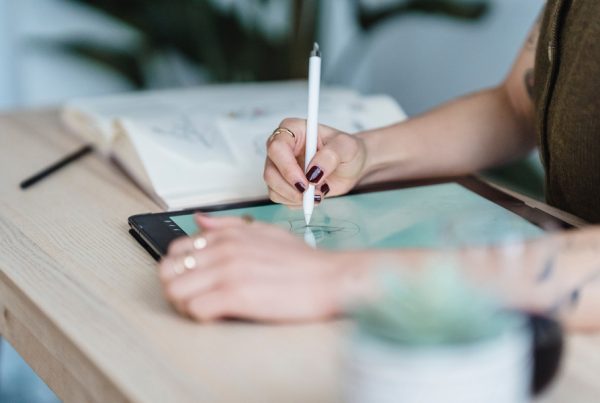Whether you are embarking on a web design, graphic design or brand identity project, your ability to convey your ideas, needs and expectations to your designer plays a key factor in the project’s success. Even the most experienced designers need direction and detailed specifications to build a website that meets your requirements. This article will walk you through the key elements of writing a comprehensive web design brief, offering insights into essential topics to consider during the project discussion phase. With this information, you can ensure that the process of creating an a high-quality and functional website goes smoothly and gets you successful results.
Moreover, to assist you in articulating your vision effectively, you can download a free template of a perfect website design brief, providing you with a structured framework to communicate your goals and preferences to your web designer.
Related Articles:
Define your objectives
Begin by setting clear objectives for your web design project. It’s vital to define what you aim to achieve. Whether your goal is to enhance brand recognition, increase sales or enhance user experience, providing your designer with a well-defined set of objectives is important. This will give them a roadmap to follow and ensure that the design work aligns with your business goals.
In your introduction, provide some context about your business or organisation. Share details about your history and future plans. When did you start? What’s the size of your team? What’s your annual turnover? Where are you based and which markets do you operate in?
Identify your USPs (Unique Selling Propositions) as well. What sets you apart from your competitors? Why would someone choose your products over theirs? This information is valuable for your designer to create a design that effectively communicates your unique strengths.
Share your brand story
Every business has a unique story to tell and incorporating key details into your web design brief is essential. Communicate your brand’s values, mission and personality to your web designer. Sharing your brand’s story in your web design brief helps them understand the essence of your business, enabling them to create a design that resonates with your target audience.

Audience
Understanding your audience is a really important part of the design process. You need to know who your customers are – whether you mostly sell to businesses (B2B) or consumers (B2C). Also it is important to figure out the main types of customers you have.
It is also helpful to tell your designer about the problems your customers have and how your products or services help solve these problems. This helps your website designer develop a web design that your customers will like and find useful. The more your designer knows about your customers, the better they can make the web design suit what your customers like and want.
Competitors
It is important to let your designer know about your main competitors, and if possible, provide links to their websites. Share what you admire about their web site designs and what you do not like. This includes competitors you currently compete with and those you intend to compete with in the future. This information will be valuable for your web designer in creating a website design that stands out and offers something unique in comparison to your competitors.
Inspirations and preferences
Have specific design elements or styles that you like? Share them with your web designer. This could include a specific colour scheme, a web design from a competitor that impresses you or even elements from unrelated industries that catch your eye. Sharing visual examples and explaining what appeals to you about them can provide your designer with insights into your tastes and preferences. It would also be helpful if you have brand guidelines you could share, along with your brand values. Additionally if you have a specific aesthetic feel in mind for your website, sharing that with your designer is beneficial.

Current site & content
If you currently have a website discuss it with you web designer. How long has it been in use? Which features are working well and which ones are falling short of your expectations? Do you have insights into its traffic, performance and user engagement? Providing this information will help your designer better understand your current web presence and how to improve it.
Additionally, it is important to have a conversation with your web designer about the content on your site. Do you anticipate keeping the existing content as it is or are you considering a complete refresh? Will you be handling the copywriting yourselves or would you prefer assistance?
Site structure
Specify your website structure in your web design brief. Talk to your web designer about the basic plan for your website, like what pages or sections you want. Your designer will assist you with this, but it is still good to have a chat about it. This helps make sure the website suits your needs, is easy for people to use and looks the way you want it to.
Existing brand materials
When compiling your web design brief, be sure to include all relevant brand materials if you have an established brand, such as logos, fonts and style guidelines. Consistency in branding is essential and having these materials ensures that your new design works harmoniously with your existing brand identity.
Functional requirements
For web and app design projects, it is good practice to tell your web designer about the functional requirements. What specific features or functionalities do you need in your web design? This could include e-commerce capabilities, user registration, interactive elements or anything else essential for your project’s success.

Feedback process
Set up a simple way to give feedback and make changes with your designer. Decide how you will share feedback, who will approve things and how many times you can ask for changes during the project. Having a clear process for feedback helps both you and the designer be on the same page during the whole project.
Discuss the future
When you are writing your web design brief, talk to your designer about the future. Let them know if you plan to grow or make changes to the design later on. Sharing this info helps them make choices that make it easy to update your site in the future.
Maintenance & support
Before starting a project, you should discuss the long-term care and improvement plans with your designer. Address whether you will need ongoing maintenance and support to manage the project in the future. Additionally, talk about setting aside dedicated time for continuous optimisation and evolution.
Project timeline and budget
Ensure transparency about your budget with the designer. Sharing your financial constraints helps them tailor design decisions accordingly and understand the project’s scope. Also communicate your timeline and any deadlines, especially if there is specific launch or event tied to the design’s reveal. This information allows the designer to prioritise tasks efficiently and manage their workload appropriately.

Cultural considerations
If your business operates in multiple regions or targets diverse audiences, cultural aspects are important. Let your designer know about any special cultural details, sensitivities or preferences that should be considered in the design.
Be open creative input
While it is important to communicate your ideas and preferences, it is also beneficial to be open to your designer’s creative input. Designers bring their expertise to the table and their insights can lead to innovative solutions that you might not have considered.
Web design brief template
To make things even easier and more effective, we’ve designed a downloadable PDF template for creating the perfect web design brief. This user-friendly template guides you through essential details, ensuring clear communication with your designer and a smoother journey to your ideal website. Download now to get started confidently on your web design project.
In summary successful design projects begin with effective communication. Communication is key to ensure that everyone is on the same page and that the result meets your needs. By sharing this important info and taking the time to go over these topics with your designer, you pave the way for a collaborative and productive partnership.
What other details do you believe are important to share with a designer before initiating a project for the perfect web design brief? If you are ready to start working with a designer, reach out! We would love to chat about your project.


